The news of Unilever’s near-double digit first-half sales growth and improved margins raised some eyebrows yesterday, amid regulatory scrutiny of food and drink suppliers.
Following the CMA’s announcement last week that it will look into food and drink suppliers as part of an investigation into rising grocery prices, Unilever’s better-than-expected performance has led to questioning.
Sky News said the group’s 9.4% pricing-driven first-half growth and slight improvement in underlying margin to 17.1% would “fuel suspicions of greedflation”. A Daily Mail headline added: “Unilever warns of even higher prices to come despite 20% profit boost.”
Not for the first time, Unite general secretary Sharon Graham pointed the finger at corporate greed, arguing “Unilever’s profits are greedflation in action”, while The Guardian’s Nils Pratley suggested the figures meant “Unilever and its ilk certainly make more plausible corporate culprits than the supermarkets” when it comes to accusations of greed.
Unilever investors, though, seem happy enough with the returns.
The consumer giant’s shares rose 4.3% to a two-month high of 4,193p in response to the sales and margin outperformance.
Analysts at Barclays noted the “positive shape” of its second quarter trading, softening the input inflation picture for the second half and strong sales beats in key beauty & wellbeing and personal care businesses.
But underneath the bonnet, the trading picture at Unilever is more complex – and far more nuanced than a company hiding behind inflation to make bumper returns.
Most obviously the headline results – a 22.6% rise in total operating profits to €5.5bn – are misleading, given the €544m one-off costs last year (restructuring and acquisitions) and a €308m one-off profit this time (gains on disposals).
Unilever will need to take actions
But the underlying results also “provide some head-scratchers”, according to Bernstein, highlighting a worrying slump in market share.
The group revealed that, on a rolling 12-month basis, the percentage of its business winning market share reduced to 41%, which Bernstein said was the second-lowest figure on record.
Unilever blamed the impact of a 17% SKU reduction, “pricing dynamics” and “consumer shifts in certain markets” – an admission that mitigating inflation through price hikes has led to consumers seeking cheaper alternatives.
Its 9.4% first-half sales growth was a balance between price rises of 9.6% and volume declines of 0.2%.
Ultimately, increasing price is beneficial to short-term margin, but can hamper longer-term growth as in competitive sectors where consumers have choice (unlike energy wholesale markets) higher prices will result in shoppers down-trading.
While evidence of this ‘downtrading’ was marginal in 2022 when inflation first started kicking in, it looks more significant now, both through the growth of the private label-dominated discounters in the UK and Unilever’s own sliding global market share.
That means Unilever will need to take actions that are margin dilutive if it wants to win back some of this lost share.
That might be absorbing slightly more cost inflation rather than passing it on fully to consumers. According to the company itself, it will see increased marketing and ad spend to boost its brands in the second half.
That balance of its price vs volumes approach will also be dictated by the global nature of its business, with various markets at completely different levels and stages of the inflationary cycle.
While inflation is still in the mid-high single-digits in western Europe (most notably 7.9% in the UK), in the group’s biggest markets of the US and China, inflation has already stabilised to 3% and 0% respectively. Meanwhile, in eastern Europe, it remains in double-digits, more than 30% in Turkey.
So global consumer companies are likely to be taking margin back in 2023 as inflation has stabilised in key markets (most obviously the US) – but evidence of profit-taking where inflation remains high is more difficult to nail down.
Media scrutiny turns to fmcg ‘greed’
In Europe, where inflation has been persistent, Unilever’s volume fell by 10% in the second quarter. That doesn’t feel like the figures of a company that’s winning in a major market.
Most obviously the comparison between pre and post Covid returns shows consumer groups are still in a recovery phase after incurring Covid costs and absorbing massive input inflation.
Unilever stressed that, after several periods of high cost inflation, gross margin remains 270bps below its level in the first half of pre-Covid 2019.
While media scrutiny turns to fmcg ‘greed’ following the CMA’s pledge to look at the grocery industry supply chain, major consumer stocks remain slightly unloved by the City.
Unilever itself has seen zero share price growth over the past five years (down 3%) and up only 3% year on year during this wave of inflation. Major tech and energy stocks are typically up double-digits over the past year.
Far from toasting the bumper profits, Charlie Huggins, portfolio manager at Wealth Club, bemoans a “solid but uninspiring” performance.
“The question is – should Unilever be doing better? The answer is almost certainly yes,” he says.
“There are two big priorities for new CEO Hein Schumacher. Get margins back up to where they were pre-pandemic. And tackle the underperforming parts of the portfolio, especially Europe, to improve brand competitiveness and sales growth.”
If Unilever cannot address its sliding market share, newspaper or even regulatory accusations of greedflation will be the least of its concerns.







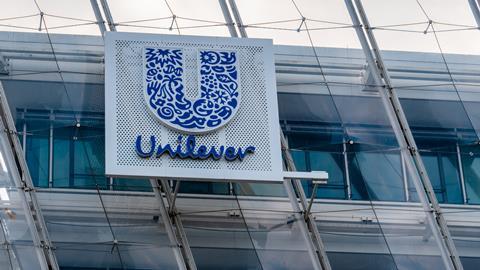
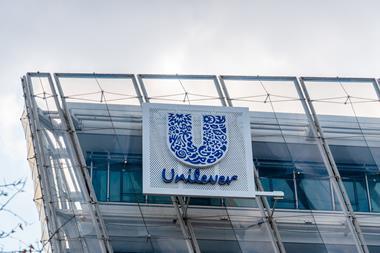
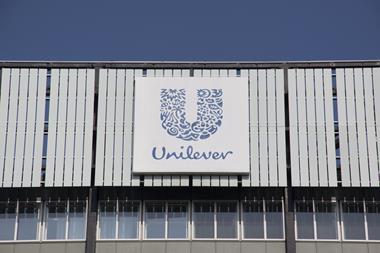

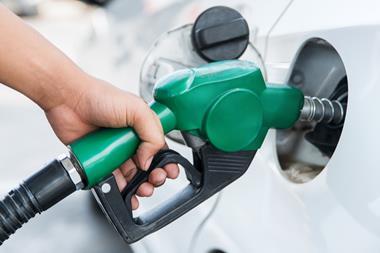

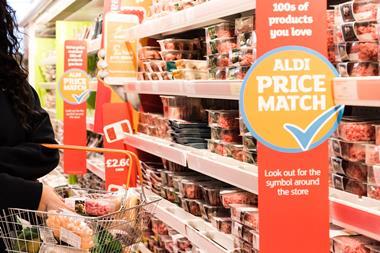






No comments yet